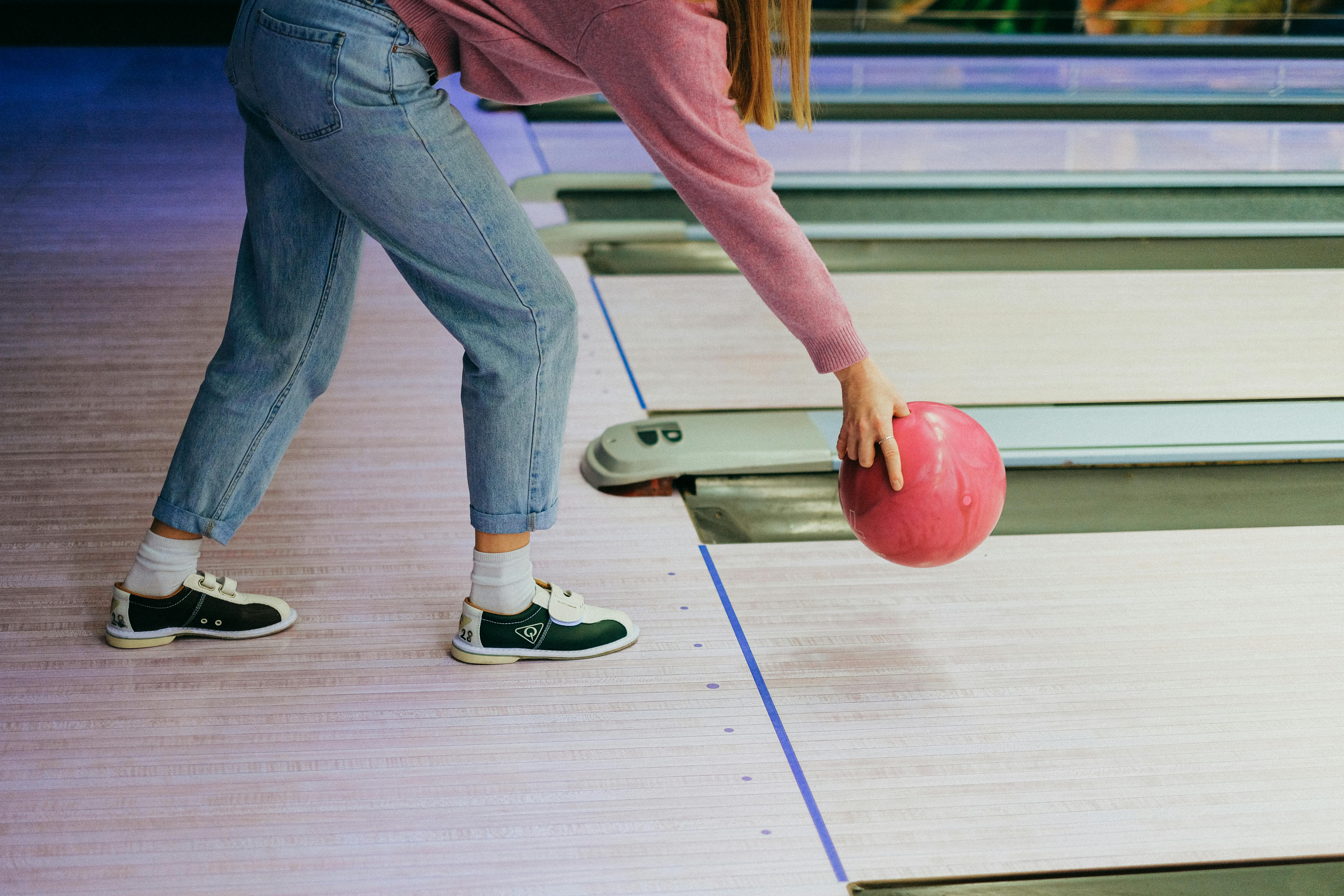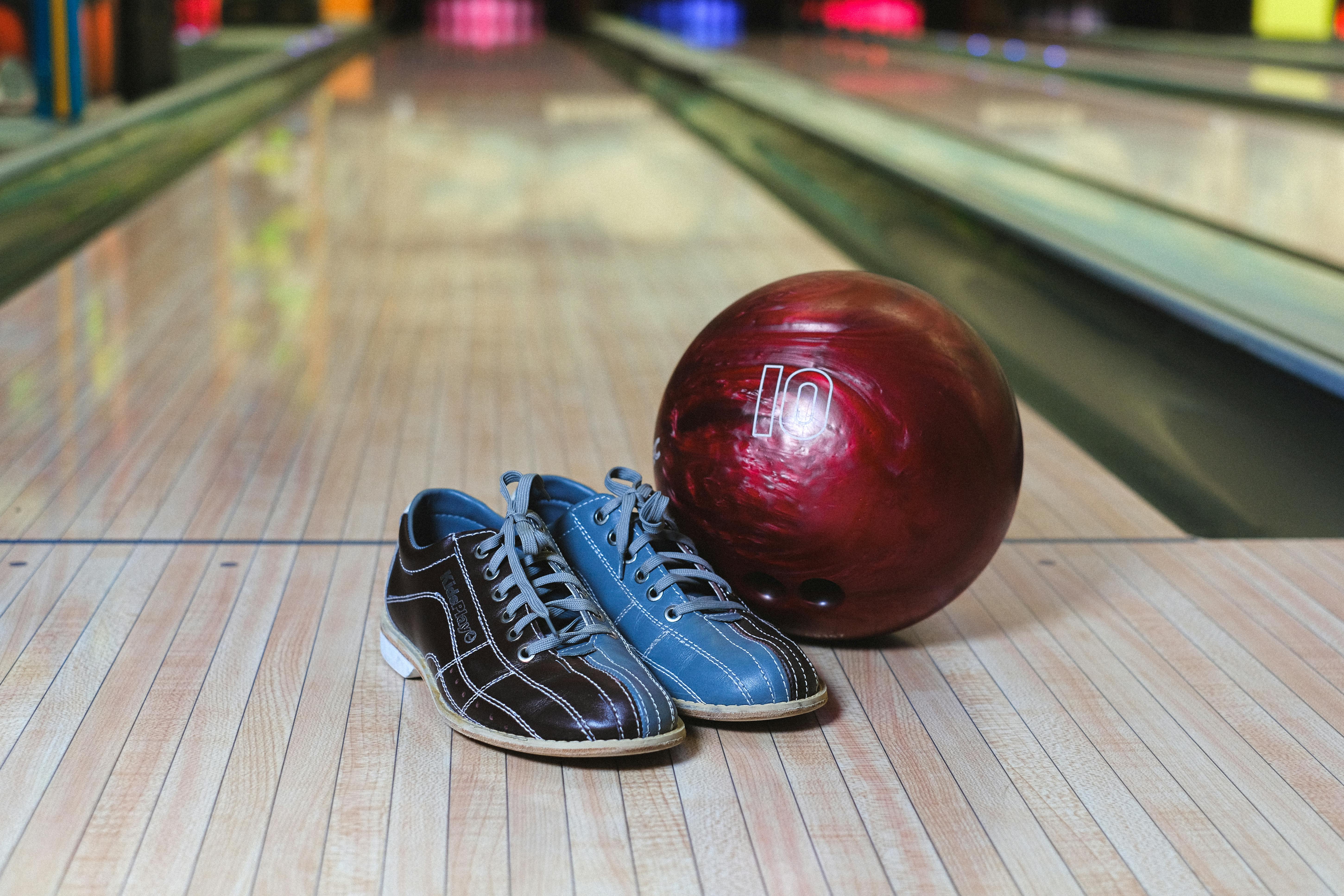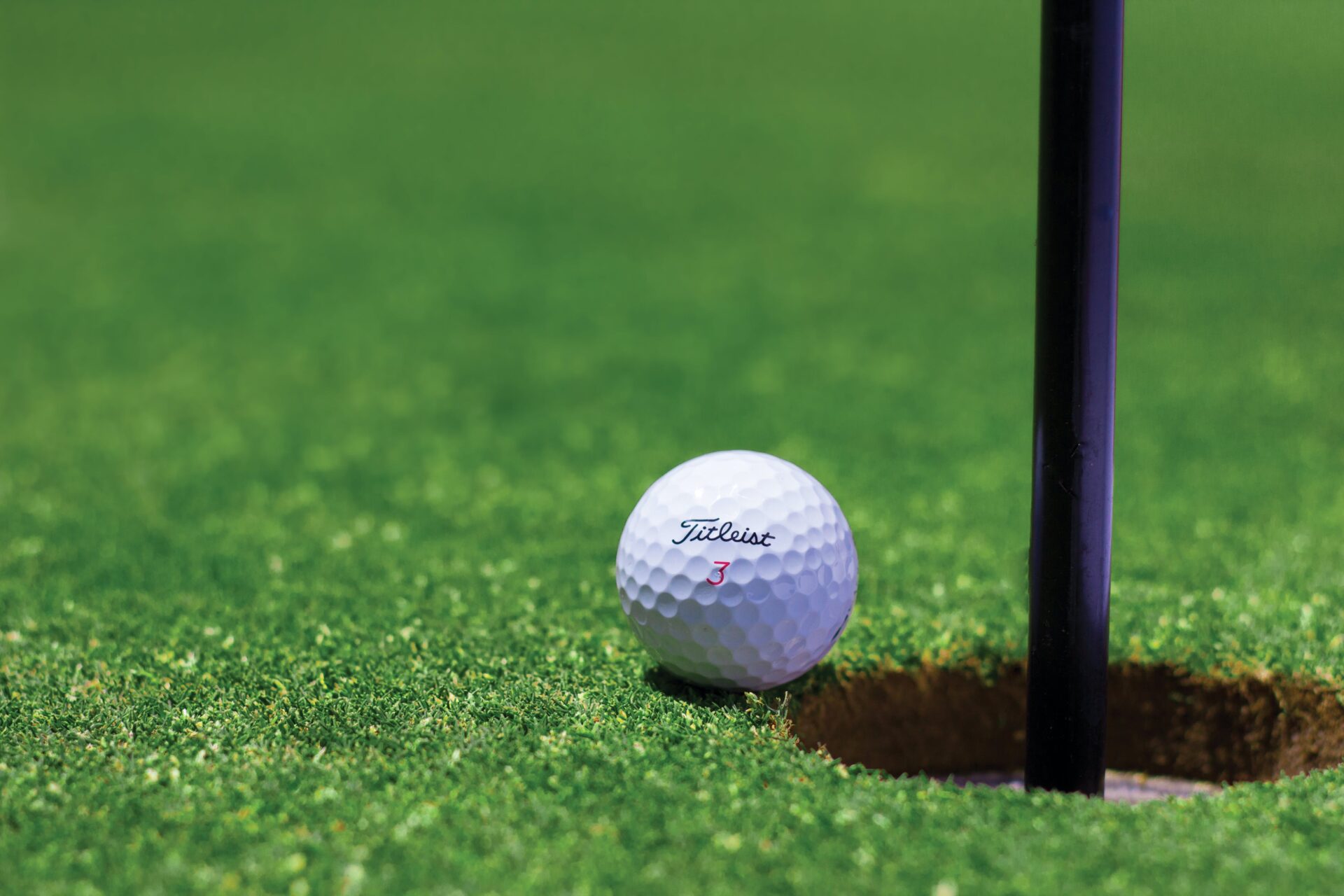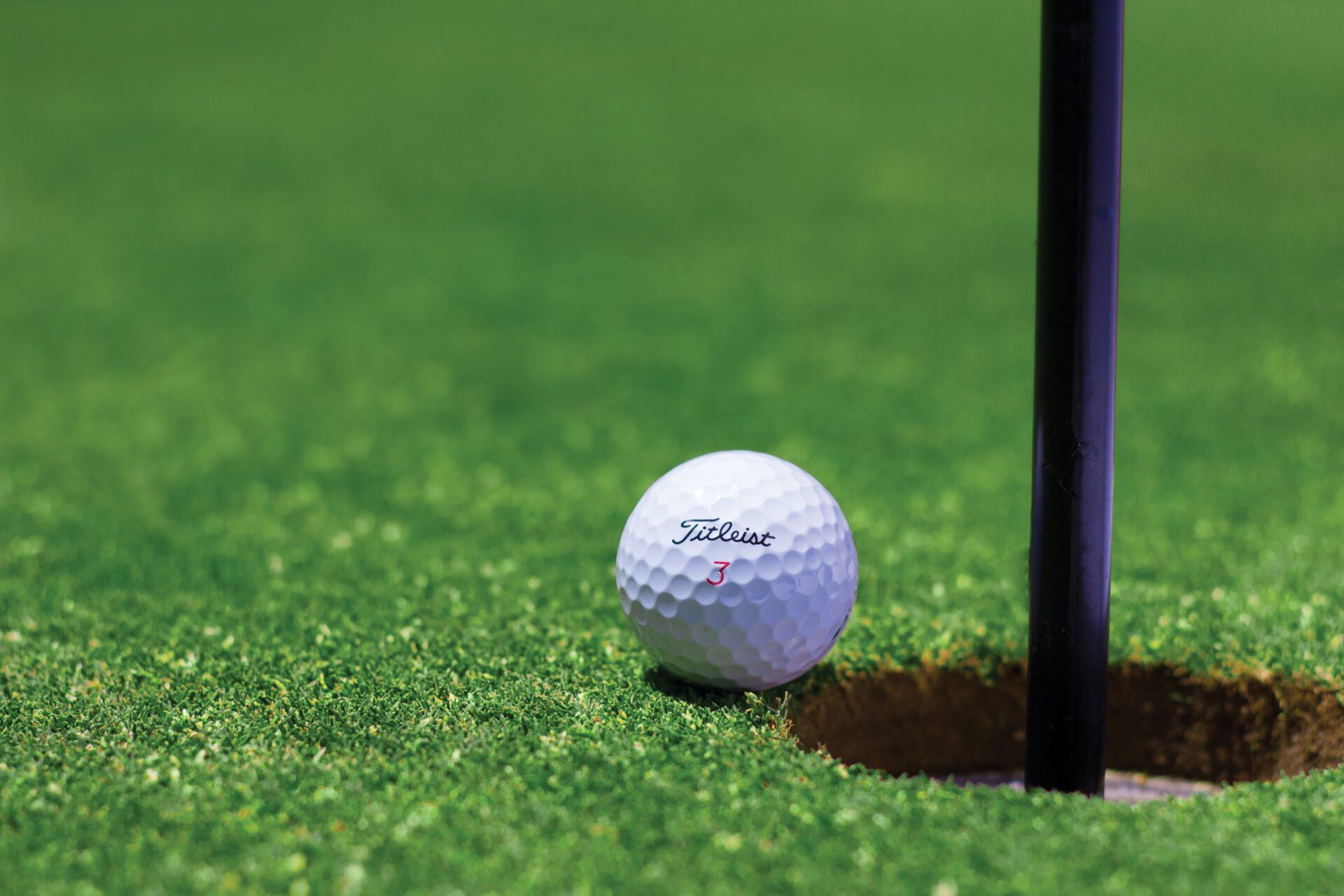Drilling a bowling ball can be a daunting task for anyone who is new to the sport. However, knowing how much to drill a bowling ball is essential for bowlers of all skill levels. Drilling a bowling ball should only be done by an experienced technician who knows how to adjust the drilling pattern to best suit the bowler’s needs. It is important to note that drilling a bowling ball too deep or too shallow can significantly affect the performance of the ball. In this article, we will discuss what factors should be taken into consideration when determining how much to drill a bowling ball and the general steps that are involved in the drilling process.The cost to drill a bowling ball will depend on the type of ball you choose and the type of drilling services you need. Generally, you can expect to pay between $50 and $100 for professional drilling services.
Grip
The grip is one of the most important factors to consider when drilling a bowling ball. It is important to find the right fit between the fingers and thumb in order to maximize control and accuracy. The grip should allow for a comfortable release that is neither too loose nor too tight. It is important to ensure that there are no gaps between the fingers and thumb, as this can affect the accuracy of the throw. Additionally, a proper grip will minimize slippage during the release, resulting in more consistent throws.
Layout
The layout of a bowling ball is another key factor when drilling it. The layout should be designed to fit each individual’s unique style of play in order to maximize performance. This includes things such as finger placement, pin placement, weight hole placement, balance hole placement, and any other adjustments needed to achieve the desired results. Additionally, it is also important to consider how these factors may affect ball reaction on different lane surfaces.
Drilling Angle
The angle at which a bowling ball is drilled can have a significant impact on its performance. If the angle is too shallow or too deep, it can result in poor control and accuracy. A proper drilling angle should be determined based on each individual’s throwing style and hand size in order to maximize performance. Additionally, it may be beneficial to experiment with different angles in order to find the one that works best for you.
Surface Texture
Surface texture plays an important role in how a bowling ball reacts when thrown down the lane. If a ball has too much surface friction, it will cause more skid than desired while also reducing overall control and accuracy. On the other hand, if it has too little friction it will cause less skid but also reduce overall power and control. Finding the right balance between these two extremes can help optimize performance.
Weight Block Placement
The placement of a bowling ball’s weight block can also have an effect on its performance. If it is placed incorrectly or too far off-center, it can cause unwanted hooking or erratically changing directions during its roll down the lane. It is important to find a balance between power and control when determining weight block placement so that you can achieve optimal results with your shots.
Essential Equipment For Drilling a Bowling Ball
Bowling is a great sport and having the right equipment is essential to success on the lanes. Drilling a bowling ball properly is necessary in order to ensure it fits comfortably in your hand and allows you to make accurate shots. The right equipment for drilling a bowling ball includes a drill press, drill bit, drill jig, spinner, tape measure, and graph paper.
A drill press is used to ensure that the ball is drilled accurately and consistently. You’ll need to select the type of drill press that suits your needs based on how deep you plan to drill into the ball and how much force is needed. It’s also important to consider how quickly you want to finish drilling the ball.
The type of drill bit used will depend on the material of your bowling ball. Different materials require different bits for proper drilling, so make sure you have the correct bit for your specific bowling ball. A standard drill jig should be used when drilling the finger holes in order to ensure they are placed at an appropriate depth and angle while preventing over-drilling.
A spinner can be used to help evenly coat the inside surface of a bowling ball with epoxy glue prior to drilling. This helps protect against friction from the fingers when gripping the ball as well as providing extra stability when throwing it down the lane.
Using a tape measure during drilling will help make sure that all finger holes are drilled at an equal distance from each other. Graph paper can also be useful for accurately plotting out various finger hole placements before beginning work with a drill press or hand tools.
By having all of these essential items on hand when drilling a bowling ball, bowlers can rest assured that their equipment will be fitted properly for maximum performance out on the lanes. With proper use of these items, bowlers can look forward to improved accuracy and consistency with their shots while enjoying their favorite sport even more!
Process of Drilling a Bowling Ball
Drilling a bowling ball is an important part of the game. It involves making holes in the ball for your fingers and thumb to fit in and for other adjustments. It is important to ensure that the holes are properly drilled to help you bowl better. The following steps outline the process for drilling a bowling ball:
1. Choose the right size drill bit for the job. Make sure it is the correct size for your finger and thumb holes and any other adjustments that you need to make to your ball.
2. Secure the bowling ball on a drill press or lathe. Make sure that it is firmly attached so it does not move during drilling.
3. Mark out where you want to drill your holes using a marker pen or chalk. This will make it easier when actually drilling into the ball as you have a guide as to where you should be drilling.
4. Put on safety goggles before starting to drill into the ball in order to protect your eyes from any debris or splinters that may be created during the process.
5. Start drilling into the marked areas, making sure not to apply too much pressure onto the drill bit as this can cause it to slip and damage both your equipment and yourself! Keep an eye on how deep you are going and stop when you reach your desired depth, usually around 1 inch deep or more depending on what type of ball you are using and what type of grip you require from it once drilled out.
6. Once all of your holes have been drilled, use a file or sandpaper to remove any rough edges created during drilling, ensuring that all fingers and thumb holes are smooth before playing with them!
What to Look For in a Professional Driller
When you are looking for a professional driller, there are a number of key qualities and characteristics to look out for. Firstly, they should have extensive knowledge and experience in the drilling industry. This includes having a good understanding of the latest techniques and equipment used in drilling operations, as well as any safety protocols that need to be followed.
Secondly, professional drillers should be able to provide detailed cost estimates for their services. These estimates should include all the materials, labour and other items needed for the job. It is also important that they are able to explain exactly what will be done and how it will be done so that you can make an informed decision.
Thirdly, professional drillers should also have excellent customer service skills. They should be able to answer any questions you may have about their services and be open to suggestions or ideas from customers. They should also be willing to work with you to ensure that your drilling project is completed efficiently and on time.
Finally, when selecting a professional driller it is important that they have the necessary certifications or licenses required for the job. This will ensure that they are qualified to do the job safely and effectively. It is also important that they have valid insurance coverage so that if anything goes wrong during a project, you are covered financially.
In conclusion, when selecting a professional driller it is important that they possess all of these qualities in order to ensure the success of your drilling project. A good professional driller will have extensive knowledge and experience in drilling operations as well as excellent customer service skills. They should also provide detailed cost estimates for their services and possess all necessary certifications or licenses required by law for working on your project safely and efficiently.

Choosing The Right Drill Bits For Bowling Ball
When it comes to drilling your bowling ball, there are a few factors to consider when choosing the right drill bits. The type of material used in the bowling ball, and the size of the hole you need to drill will all play a role in determining which bit is best for your project.
For instance, if you are using a hard material such as urethane or polyester, then you should choose a high-speed steel bit or carbide-tipped bit. These types of bits are designed to handle tough materials without wearing down quickly. On the other hand, if you are drilling softer materials such as plastic or rubber, then a high-carbon steel bit may be sufficient.
In addition to choosing the right type of bit for your project, it is important to select the proper size drill bit for your bowling ball. Generally, drilling smaller holes requires smaller bits while larger holes require larger bits. It is also important to ensure that the bit is sharp and well-maintained so that it does not wear down quickly and cause damage to your bowling ball.
Finally, when selecting drill bits for bowling balls, make sure that they are compatible with your particular type of drill. Different drills require different types of bits so make sure you check with your local hardware store before purchasing any new bits. With these tips in mind, you can ensure that you choose the right drill bits for your bowling ball project and get great results every time!
What to Expect During The Drilling Process
Drilling is an important part of the oil and gas extraction process. The process entails using specialized equipment to create a borehole in the ground, which then allows access to underground resources. It is an essential step in the energy production process and can be a complex procedure. Here is what you can expect during the drilling process:
The first step is clearing the land that will be used for drilling. This involves removing any obstructions or debris that could interfere with the drilling operation. Once this is done, equipment will be set up and a rig will be erected onsite to begin operations.
Next, a survey of the area will be conducted to identify any geological features that could affect the drilling process. This includes mapping out faults, fractures, and other features that could affect the drill bit’s performance. After this data has been collected, it’s time to start drilling.
The drill bit is lowered into the borehole and begins boring into the formations below. As it drills deeper, specialized equipment will be used to measure temperatures, pressures, and other parameters that may affect production. This data helps inform decisions about how best to proceed with drilling.
As drilling progresses, samples from different layers of earth may be taken for further analysis. This helps geologists determine what kind of materials are present and if there are any potential hazards associated with them. It also allows us to identify where hydrocarbons may exist so they can be accessed for production.
Finally, when drilling reaches its target depth or when conditions become too dangerous for further exploration, it is time to call off the operation. All equipment will be removed from site and all waste generated during operations must be disposed of properly in accordance with regulations.
In summary, what you can expect during the drilling process includes clearing land for operations; conducting surveys; lowering drill bits into boreholes; monitoring temperatures; taking samples; and finally calling off operations when necessary. Understanding these steps can help ensure a safe and successful extraction project.
Step 1: Select the Right Drill Bit
It is important to select the right drill bit for drilling a bowling ball. One should always use a carbide drill bit, as this type of bit will be able to withstand the tough material of a bowling ball. The size of the drill bit should be determined according to the size of the holes that are desired in the bowling ball.
Step 2: Prepare the Bowling Ball
The next step in drilling a bowling ball is to prepare it for drilling. This involves cleaning any dirt or oil from the surface of the ball and marking out where you want to drill. It is important to use a permanent marker when marking out, as this will ensure that you don’t misplace your markings during drilling.
Step 3: Secure the Bowling Ball
Once you have marked out where you want to drill, it is important to secure your bowling ball properly before starting to drill. This can be done by clamping it into a vise or by using other appropriate means of securing it in place. This step is very important as it ensures that your bowling ball remains still while being drilled and prevents any potential damage from occurring during drilling.
Step 4: Begin Drilling
Once your bowling ball is secured, you can then begin drilling by slowly inserting your drill bit into the marked area on the bowling ball. Start off slowly and gradually increase speed as you go along until desired depth is achieved. It is also important not to apply too much pressure while drilling as this may cause damage to both your equipment and the bowling ball itself.
Step 5: Clean Up
Once done, clean up any debris created by drilling and inspect your work for any defects or imperfections that may have occurred during drilling process. If everything looks good, then your newly drilled bowling ball is ready for use!

Conclusion
Drilling a bowling ball is a complex process that requires a lot of skill and knowledge. Bowlers should always consult with an experienced pro shop operator if they are considering having their ball drilled. The cost of drilling a bowling ball can vary significantly depending on the complexity of the drilling, the materials used, and the shop’s policies. However, most bowlers should expect to pay between $30 and $60 for their ball to be professionally drilled.
When properly maintained, a properly drilled bowling ball can provide bowlers with improved performance on the lanes. Bowlers should always ensure that their bowling balls are routinely cleaned and stored properly when not in use in order to maximize their performance on the lanes. With these tips in mind, bowlers should have no problem finding success with their new bowling balls!




